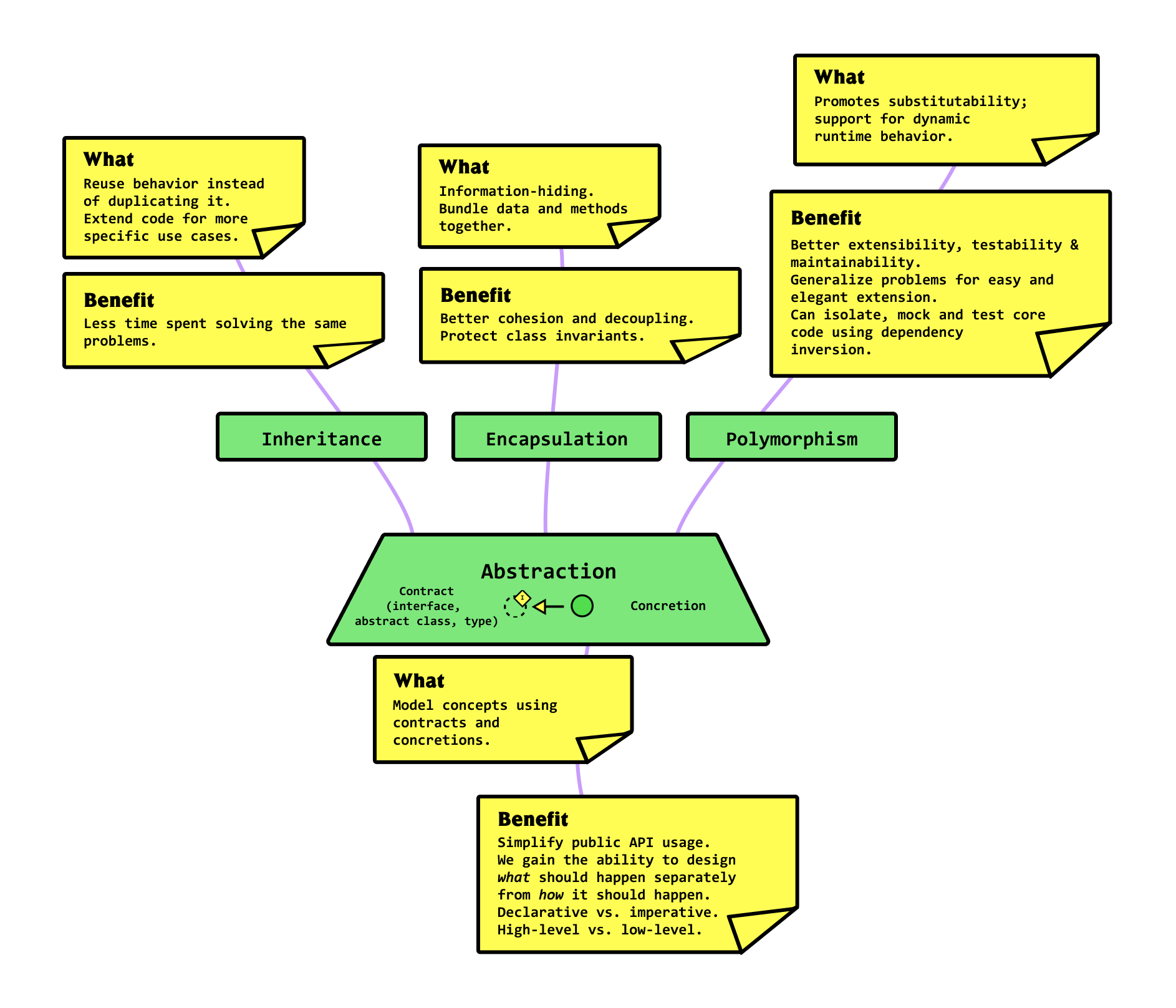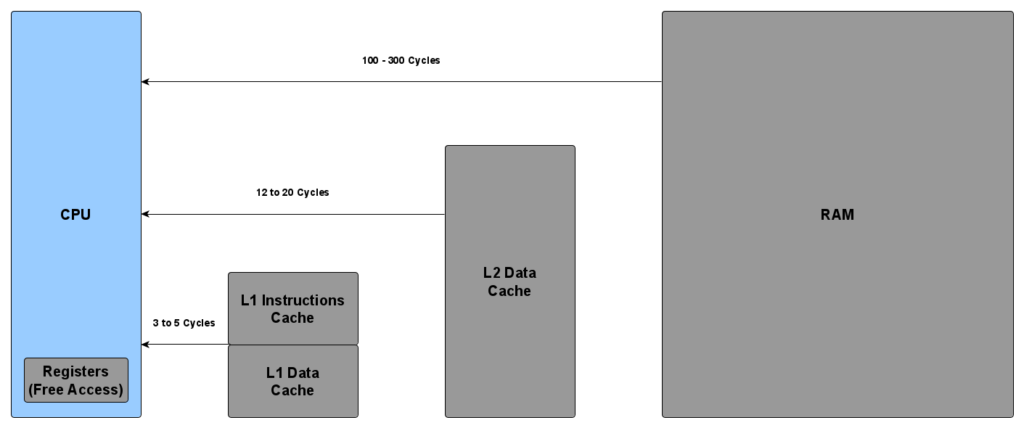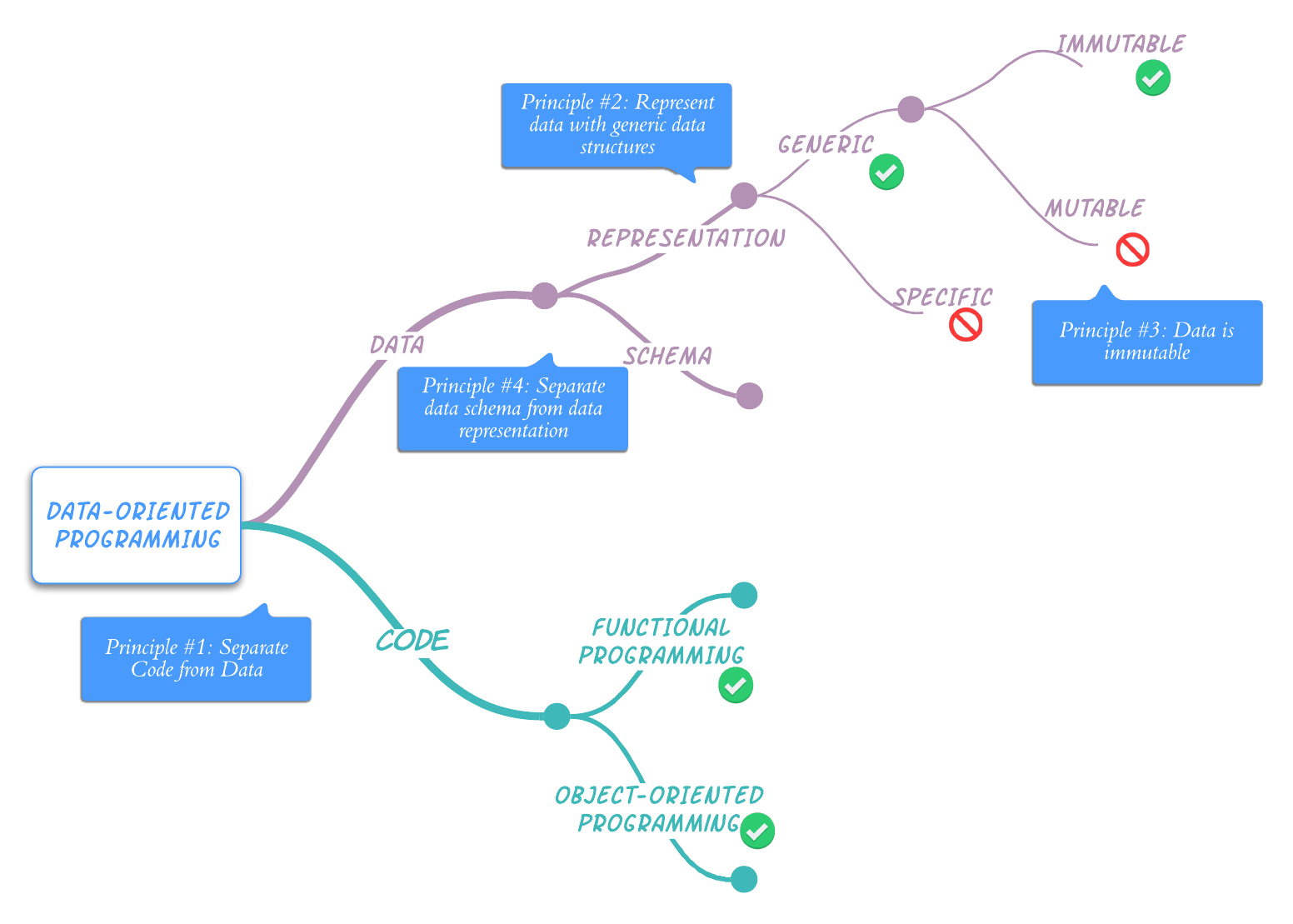Data Oriented Design
(2025-08-16T14:52.771Z)
Perplexity Query
(2025-08-16T14:52
.771Z)
Question:
Write a comprehensive one-page article about "Data-Oriented Design".
Response from sonar-pro:
Data-Oriented Design: A Comprehensive Overview
Data-Oriented Design (DOD) is a software development paradigm emphasizing structuring and transforming data for optimal computational efficiency, particularly focusing on how data is laid out in memory.
[68sdof]
This approach stands in contrast to more traditional paradigms like object-oriented design, and it has become increasingly significant as software demands high performance on diverse hardware architectures such as CPUs and GPUs.
[6z0mrv]
[68sdof]

What is Data-Oriented Design?
At its core, Data-Oriented Design emerges from the insight that the main role of computer programs is to transform data—to accept it in one form and produce it in another.
[py5nm2]
Rather than organizing code around behavioral abstractions (as in object-oriented design), DOD insists on organizing code and memory around the nature, frequency, and usage patterns of the data itself.
[6z0mrv]
[pc24bs]
[py5nm2]
This enables developers to minimize performance bottlenecks like CPU cache misses and memory latency, which are critical in performance-sensitive domains such as gaming and graphics.
[68sdof]
A fundamental practice of DOD is designing around "multiple" rather than "single" cases. Instead of managing individual objects, data is typically processed in collections; for instance, working with arrays of positions, velocities, or health values, rather than arrays of full "enemy" objects.
[py5nm2]
[68sdof]
Practical Examples and Use Cases
Data-Oriented Design is perhaps best known for its impact on video game development. For example, in a game engine simulating thousands of particles, a typical object-oriented approach might treat each particle as an independent object with properties like position and velocity. DOD, in contrast, would use parallel arrays—one for all positions, one for all velocities—which allows for more efficient memory usage and vectorized processing.
[68sdof]
This "structure of arrays" (SoA) dramatically improves performance over the more traditional "array of structures" (AoS).
Another practical application can be seen in scientific computing or high-performance analytics, where large datasets are processed repeatedly. By optimizing memory layout and data access patterns, DOD maximizes throughput and minimizes costly cache misses, making it ideal for simulations, real-time analytics, and machine learning workflows.
[68sdof]
Benefits and Applications
- Performance: By focusing on data locality, DOD drastically reduces CPU cache misses, leading to significant speedups in data-intensive applications. [68sdof]
- Hardware Utilization: It takes into account the realities of CPU architecture, making the most of the available hardware. [68sdof]
- Flexibility: By separating data from behaviors and schemas, systems can adapt more easily to changing requirements. [wk1u76]
However, DOD does come with challenges:
- Steep learning curve: Developers accustomed to object-oriented paradigms may find the shift to DOD unintuitive.
- Compatibility: It is sometimes difficult to combine DOD with other programming paradigms in a single codebase. [68sdof]
- Upfront analysis: More effort is required to understand data access patterns and transform them into appropriate memory layouts. [py5nm2]

Current State and Trends
Data-Oriented Design is most widely adopted in game development—notably by companies like Insomniac Games, where Mike Acton has been a prominent advocate.
[68sdof]
Many modern game engines, physics engines, and even rendering pipelines use DOD principles to achieve real-time performance. More broadly, as hardware trends shift towards massive parallelism and larger datasets (e.g., in scientific computing, data analytics, and real-time simulation), DOD is gaining traction in new fields.
Technologies and programming models such as Entity-Component-System (ECS) architectures are natural fits for DOD. ECS, now present in frameworks like Unity’s DOTS and EnTT for C++, further evidence the method’s growing influence.
Recent developments include increasing accessibility of parallel processing (such as SIMD and GPU computing), which further accentuates the performance differences between data-oriented and traditional designs.
[68sdof]
As performance bottlenecks become more apparent in general computing—cloud services, virtualization, and AI workloads—there is a growing realization of DOD's broader relevance.

Future Outlook
Looking forward, Data-Oriented Design is expected to play an even larger role in performance-critical systems, driven by the ever-growing scale of data and the increasing heterogeneity of computing hardware. As more frameworks and languages natively support DOD principles, adoption is likely to spread beyond games into mainstream software, empowering a new generation of performant, scalable solutions.
[68sdof]
Conclusion
Data-Oriented Design is transforming how developers approach performance and structure software, centering on the realities of data and hardware. As software tackles ever-larger datasets and steeper performance demands, DOD’s influence will only continue to expand, shaping the next wave of high-performance applications.
Citations
[wk1u76] 2022, Jun 16. Principles of Data-Oriented Programming | Yehonathan Sharvit. Published: 2022-06-22 | Updated: 2025-06-16
[6z0mrv] 2025, Jun 18. Data-Oriented Design. Published: 2018-10-08 | Updated: 2025-06-18
[pc24bs] 2025, Jul 31. Data-Oriented Design. Updated: 2025-07-31
[py5nm2] 2025, Jul 31. Chapter 62: Data-Oriented Design - Graphics Compendium. Updated: 2025-07-31
[68sdof] 2025, May 23. Data-oriented design - Wikipedia. Published: 2016-06-12 | Updated: 2025-05-23